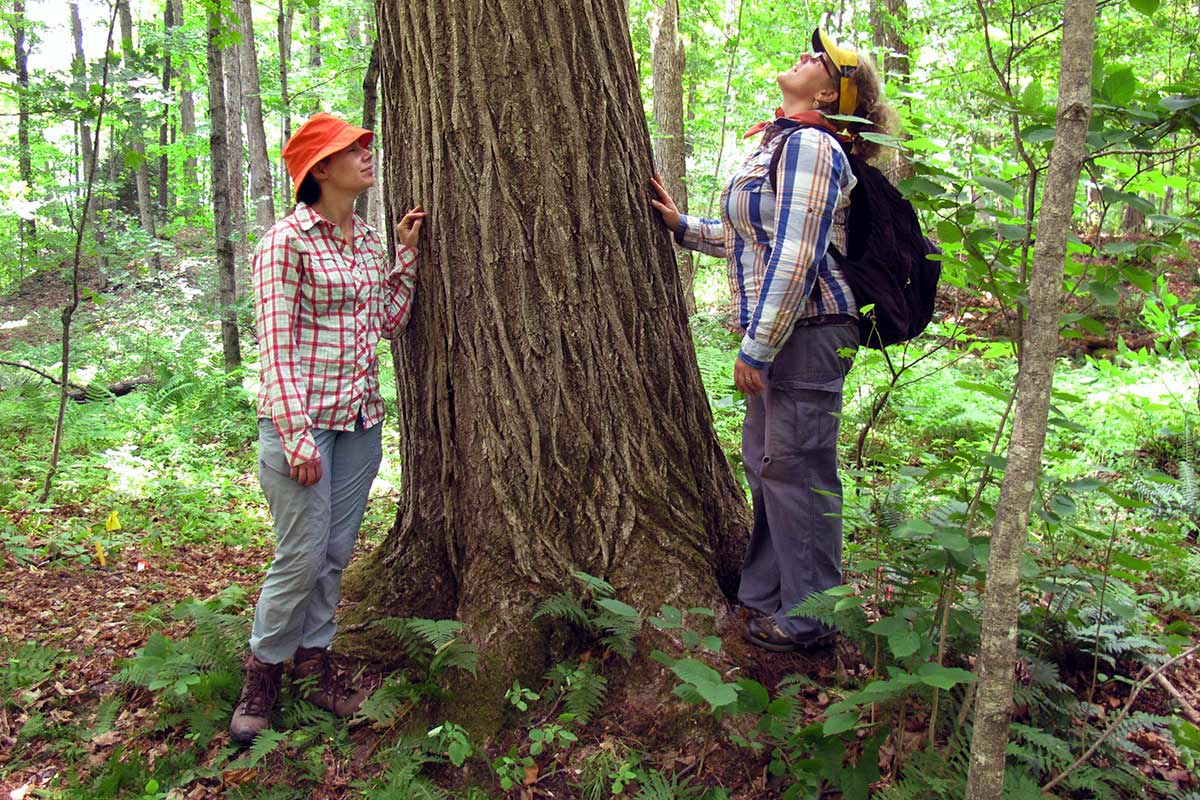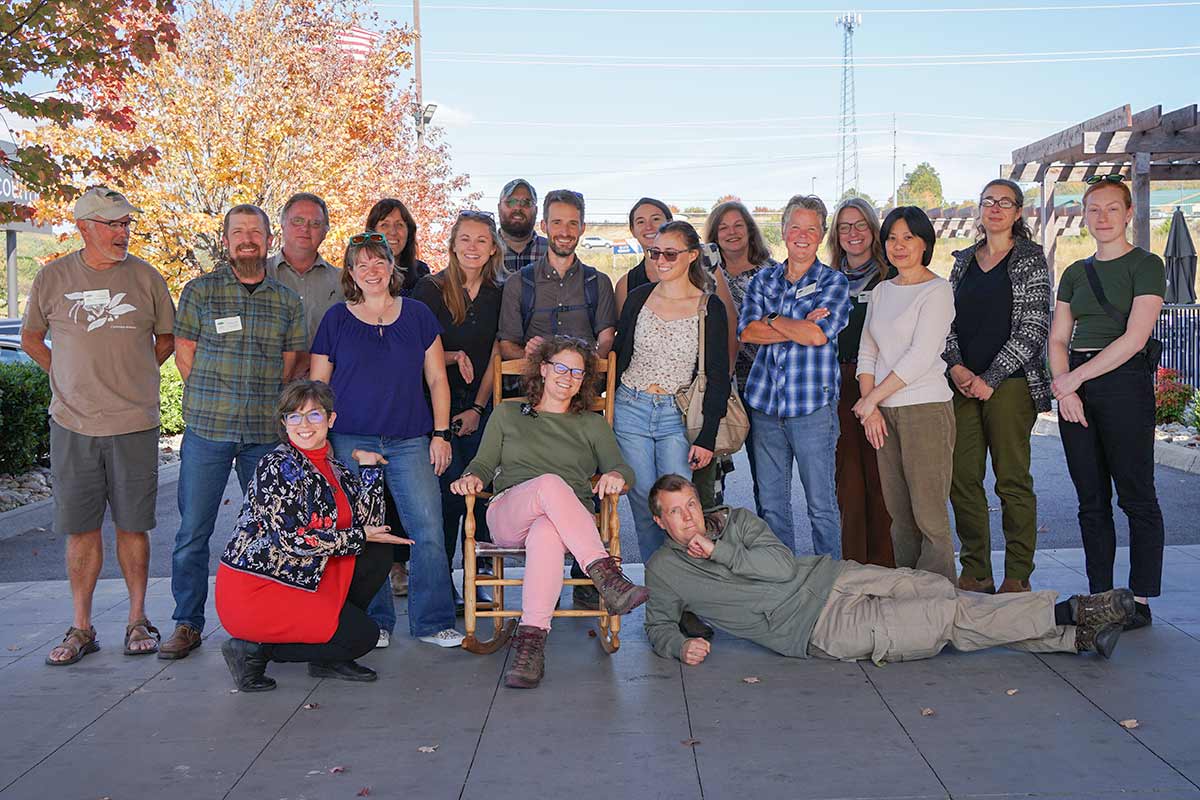Partnership in Genetic Research Between The American Chestnut Foundation and Virginia Tech Guides Efforts to Restore the American Chestnut Tree
Asheville, NC, July 23, 2024
Indigenous trees adjust to the climate and environmental circumstances of their locality as a way to survive and thrive. The American Chestnut Foundation (TACF) is partnering with scientists at Virginia Tech’s College of Natural Resources and Environment, and together they have verified this by analyzing the genetic makeup of American chestnut trees collected from various locations across the Appalachian Mountain range, categorizing them based on their distinct environmental zones.
More than a century after Cryphonectria parasitica (chestnut blight) killed billions of American chestnuts, remnant chestnut trees that survive today have ceased to reproduce and are especially vulnerable to climate change. As progress continues in developing blight-resistant American chestnut populations, it is especially important that these populations have sufficient genetic diversity to adapt to a changing climate.
Researchers at Virginia Tech collaborated with TACF scientists and volunteers to characterize the genetic diversity and adaptive potential of remnant American chestnut populations across its historical range, from northern Mississippi to coastal Maine. The culmination of this work, published last week in the Proceedings of the National Academy of Sciences, developed targets for numbers of American chestnut trees to conserve from each of three regionally adapted subpopulations of American chestnut. “In addition to providing specific targets for conservation of wild chestnut diversity, this work will inform the optimal planting environment for particular backcross families,” said Jason Holliday, coauthor and professor in the department of Forest Resources and Environmental Conservation at Virginia Tech.

Figure showing the distribution of the three seed zones across the historical species range of the American chestnut, and the projected range shifts for each seed zone to minimize genomic offset under climate change.
TACF’s Director of Science Jared Westbrook adds, “We learned that TACF has more work to do to conserve trees from the southernmost American population spanning Tennessee, Georgia, Alabama, and Mississippi. This southern population is especially important to conserve because it is most genetically diverse, and it is likely to be best adapted to the warmer climates of the future.” As a follow up to this research, TACF is working with scientists from the U.S. Forest Service to propagate rare American chestnuts from the southernmost populations so that this diversity can be incorporated into its breeding program for blight resistance.
In the future, this data can assist TACF in collecting and preserving a greater variety of genetic diversity from the three regions identified in the study. Furthermore, it can aid in the restoration of specific blight-resistant American chestnut families, aligning them with the regions where their genomes are most compatible. TACF is grateful to the volunteers, regional chapter members, and citizen scientists who helped make this research possible.
Media Contact:
Jules Smith
Director of Communications
The American Chestnut Foundation
(828) 281-0047












